Infrared light (heat?) powers blood flow independent of the heart
-
the heart would apparently need way more output to get enough red blood cells squeezing through the capillaries if it was responsible alone,
Infrared light applied externally drives blood flow (heat generated in cells?) without a beating heart
Youtube Video – [05:55..]death induced heart is stopped: Infrared light is added:
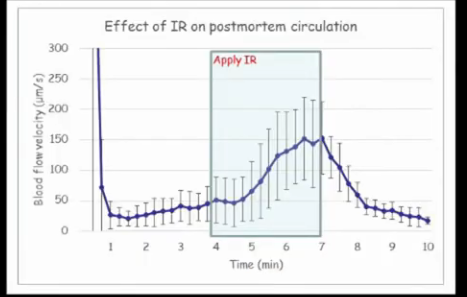
-
Thanks for sharing. It suggests to me that emergency rooms and operating rooms should be equiped with IR lights that automatically turn on during a cardiac arrest. This might help preserve brain tissue until the heart is pumping on its own.
I watched Prof. Gerald Pollack's videos. Thanks for the links. Here is his paper that describes the effect. Fig. 5 from the paper is in your post.
-
@DavidPS np oh nice,
image in there gives nice view of the response
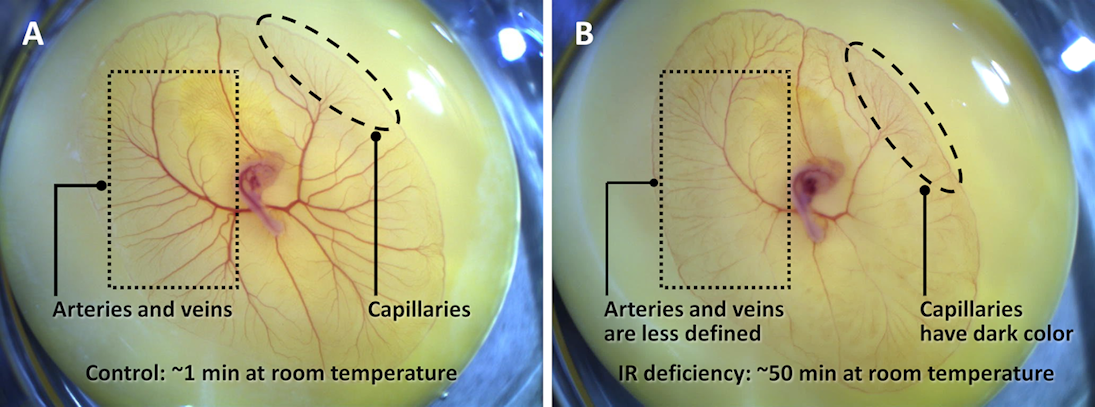
aye that would be a key application , and equip IR lamp to the top inside ambulances or cars , very simple and likely big boost in survival chance / recovery
study fitting your connect (applying during the event would likely give even better results) https://www.journal-of-cardiology.com/article/S0914-5087(08)00328-6/fulltext infrared bathing for 5 days after admission then at least 2x a week helps in heart failure @yerrag
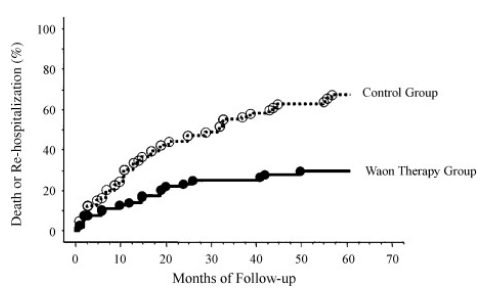
https://www.researchgate.net/publication/8162176_Effects_of_Repeated_Sauna_Treatment_on_Ventricular_Arrhythmias_in_Patients_With_Chronic_Heart_Failure
2 weeks, big differences in dodgy beats
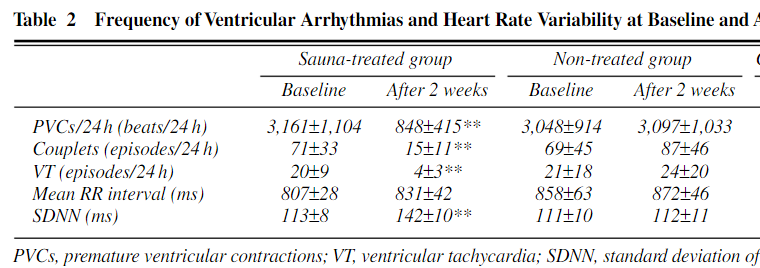
The sauna-treated group underwent a 2-week program of a daily 60°C far infrared-ray dry sauna for 15 min, followed by 30 min bed restwith blankets, for 5 days per week
-
@cs3000 said in Infrared light (heat?) powers blood flow independent of the heart:
the heart would apparently need way more output to get enough red blood cells squeezing through the capillaries if it was responsible alone,
Without hacks, its shape seems to matter.
https://www.pnas.org/doi/full/10.1073/pnas.0600520103
https://www.nature.com/articles/s41598-023-41312-0
https://www.researchgate.net/publication/229068637_Vortex_Formation_in_the_Cardiovascular_System
https://www.jcvaonline.com/article/S1053-0770(15)00124-X/fulltext"Additional evidence supporting the heart’s flow interrupting function is the presence of diastolic vortices in the embryonic heart chambers. It increasingly is recognized that intracardiac blood flow patterns play a key epigenetic role in the heart’s embryonic morphogenesis. In fact, the final form of the vertebrate heart invariably assumes a vortex-like structure. It further has been proposed that, at least in the case of adult hearts, diastolic vortex flows perform an important energy dissipation function. By trapping kinetic energy of the inflowing blood and dissipating it as heat, diastolic vortices facilitate filling at lower intracavitary pressures, thereby confirming the primary function of the heart as an organ of impedance."
Maybe they don't call them "deadly sins" for nothing.
-
@ThinPicking woah so the hearts main function could be as a heat generator / energy convertor, with the pauses converting the kinetic energy into heat for extra boost of blood flow?
&- A beating human heart produces an approximately 10 times greater amount of metabolic heat than a resting muscle
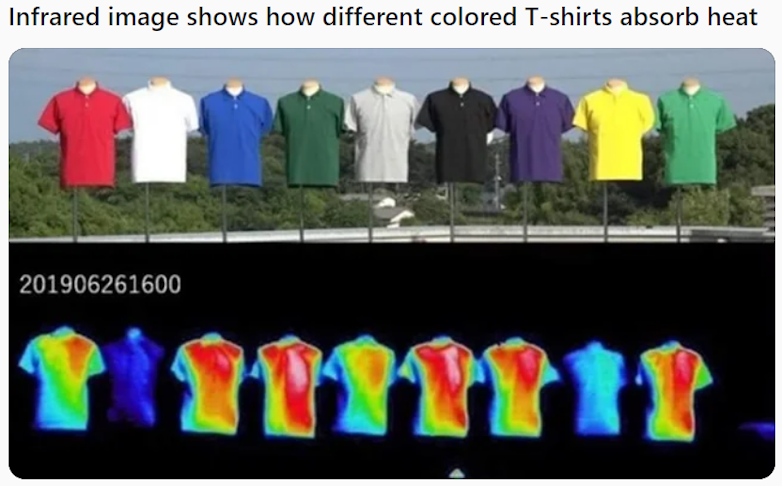
cool how that works ,
feeling objects in the garden when its hot the white ones stay cool -
@cs3000
May be key to use IR light that includes 8-10 uM wavelength , IR-C
https://www.nature.com/articles/s41598-019-48187-0
which is weird because only a tiny amount of IR-C comes from the sun, and doesnt penetrate skin as well as ir-A or B. but was the wavelengths that worked on mitochondria in epithelial cells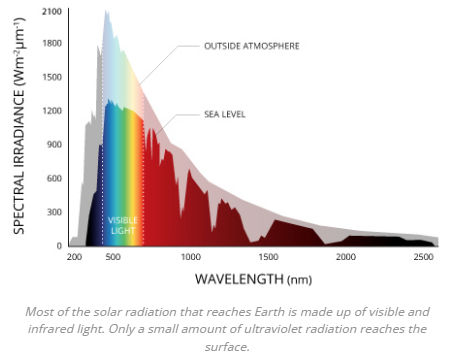
humans might emit infrared around 9-10 uM though which matches the mitochondria study https://www.researchgate.net/post/What_is_the_IR-radiation_emitted_by_the_human_body
& the embryo study used a lamp "at wavelengths ranging from 1 μm to 14 μm, with a peak at 2.9 μm."